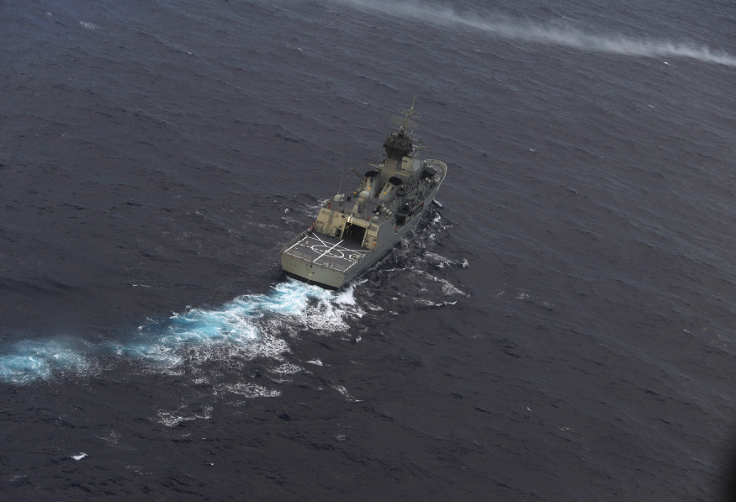South China sea dispute: Possible $7 trillion meltdown on Australia's export industry

Experts fear of a possible US$5 trillion (AU$6.7 trillion) meltdown for Australia if global trade flows are disrupted due to the South China sea dispute. Australia ships its export items through the critical routes in the disputed region. The country was threatened by the conflict between the China and the US.
The amount was an estimate based on a National Interest article published in July.
Chatham House’s Asia Programme Associate Fellow Bill Hayton said that China has the capacity to impose a blockage on Australian exports to Asian countries including Japan, Korea and Taiwan. He said that the blockage was possible if the country did something that would displease China.
The possible consequence he thought, in theory, was that ships should find other routes to continue the country's export activity. If it happens, the cost of food may increase.
In 2015, Australia exported $316 billion worth of goods. Among the goods exported, 99 percent were shipped and two-thirds passed through the disputed sea. Most of the goods were directly intended to be shipped to China, but when obstruction occurred, an additional US$20 (AU$27) billion a year must be added to the export budget.
“China is obviously a critical trading partner for Australia. I think China hopes to use its economic weight to try to keep Australia quiet really, and stop it speaking out on issues like the South China Sea,” Hayton said, according to The Daily Telegraph.
Foreign Minister Julie Bishop slammed China on Wednesday as the country created on what she described as an environment of tension and mistrust in the region. Her comments came after a report from Greg Poling of Asia Maritime Transparency said that the Asian country was prepping for a future conflict through the buildings captured by the satellite. Poling called the construction as militarisation.
However, China's spokesman for defence ministry denied the militarisation. Instead, he said that the building was just a normal building and has nothing to do with it.





















